This vast territory can be characterized in two important ways. First, as the frontier. Second, and just as important at the time, the territory can be described as the part of Virginia populated by newcomers. Most of them had come inland via Pennsylvania and were neither English nor Anglican. Culturally, the Irish and German men of the regiment had more in common with Pennsylvania than with Piedmont or Tidewater Virginia. Those parts of Virginia--"Old Virginia" or "Tuckahoe Virginia" -- were very homogeneous. Most "nonconforming" churches were barely tolerated in most of Virginia but fared better west of the Blue Ridge. Still, Lutheran-trained Peter Muhlenberg had to go to London to be ordained in the Church of England in order to serve as Beckford Parish rector in Woodstock as late as 1772. Four years later he became the regiment's first colonel. In describing the 8th Virginia as the "German Regiment" and appointing German field officers to lead it, the Virginia Convention was making an effort to make sure the colony was united. At the same time, they were blocking Presbyterian Scotch-Irish from holding senior commands. Winchester's Daniel Morgan is the most prominent hero of the Shenandoah Valley, and he is rightly famous. However, other than the 1775-1776 rifle company he led as a captain, the military organizations he led were not true Shenandoah Valley units the way 8th was. In 1776 and 1777 he was colonel of the 11th Virginia, which recruited from Frederick County but also from Prince William, Amelia, and Loudoun counties; his famous Virginia rifle battalion, formed in 1777, was built on merit, not geography. As a general, he led men from even more places. The 8th Virginia truly represented the geography and the culture of the Shenandoah Valley. (Updated April 26, 2020 and May 9, 2024) More from The 8th Virginia Regiment
3 Comments
|
Gabriel Nevilleis researching the history of the Revolutionary War's 8th Virginia Regiment. Its ten companies formed near the frontier, from the Cumberland Gap to Pittsburgh. Categories
All
Archives
June 2024
© 2015-2022 Gabriel Neville
|

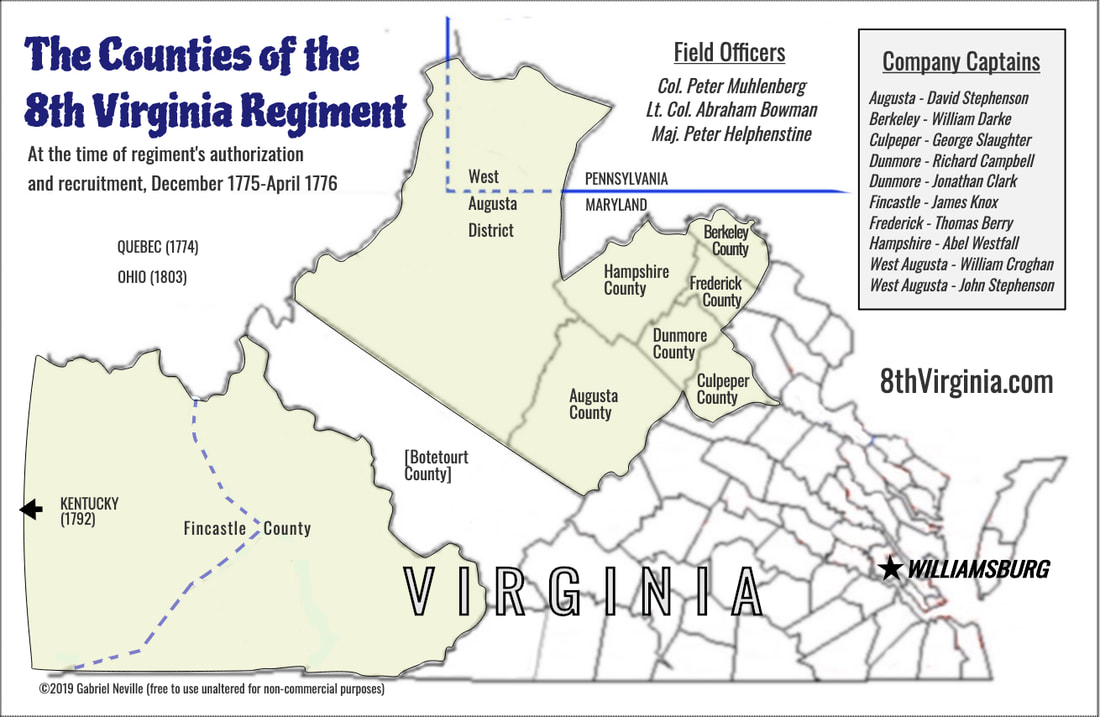
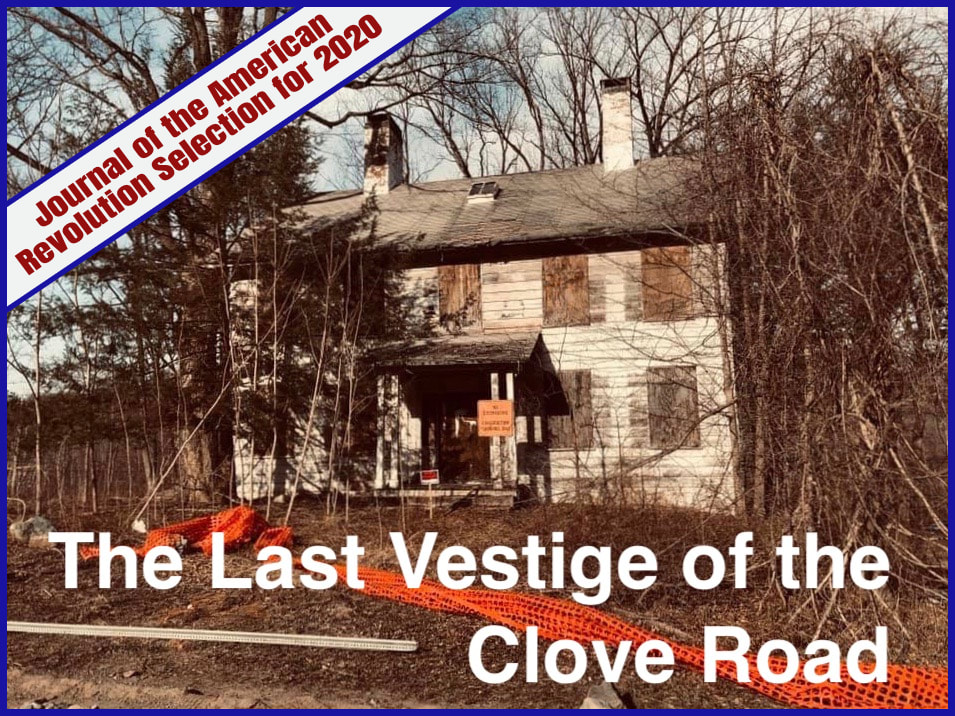
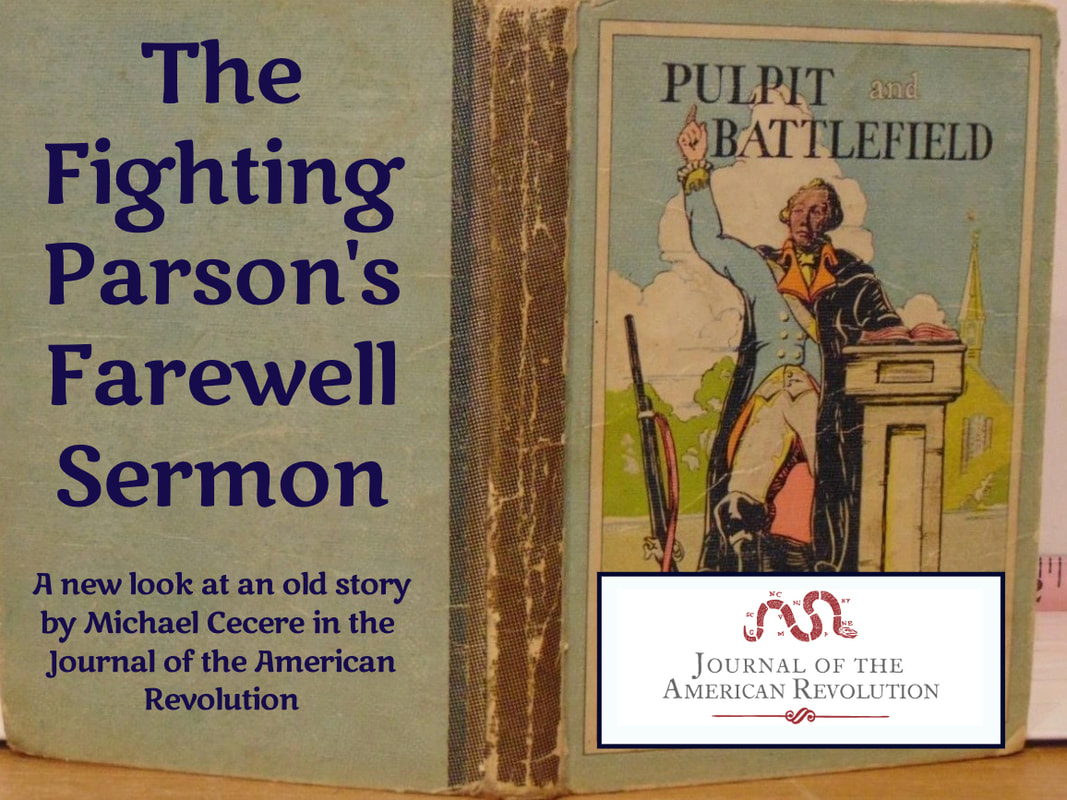
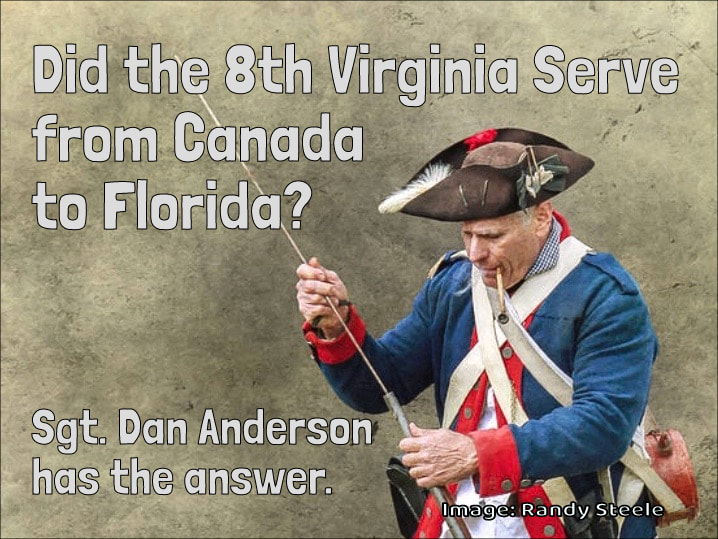
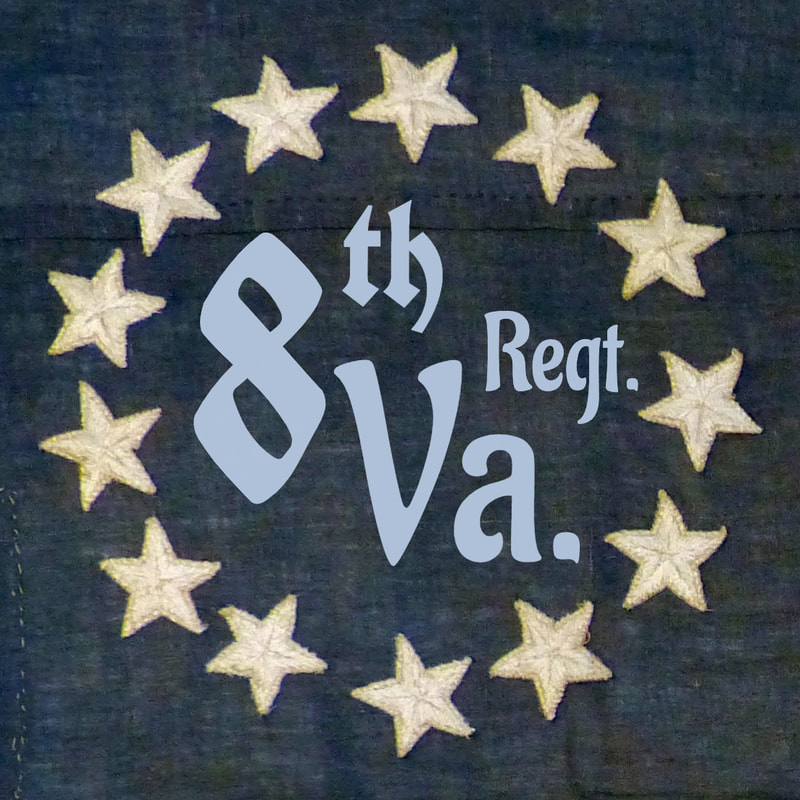
 RSS Feed
RSS Feed